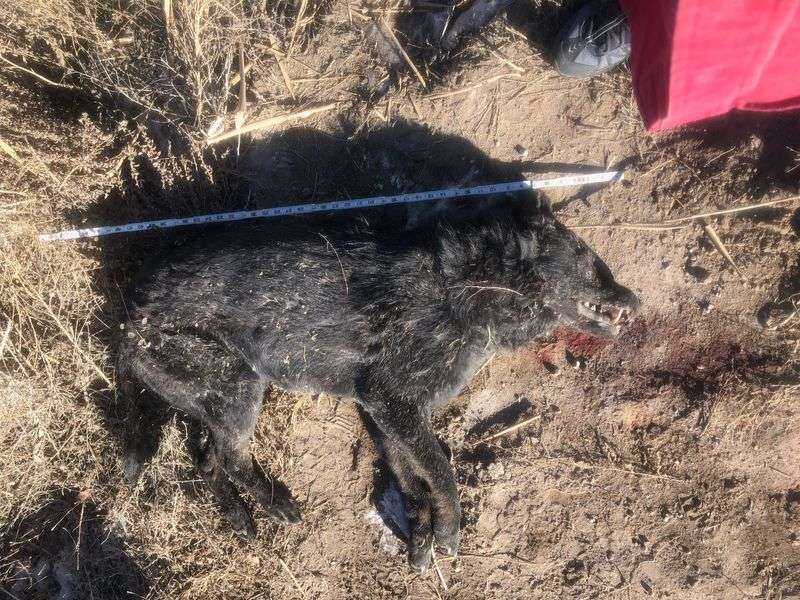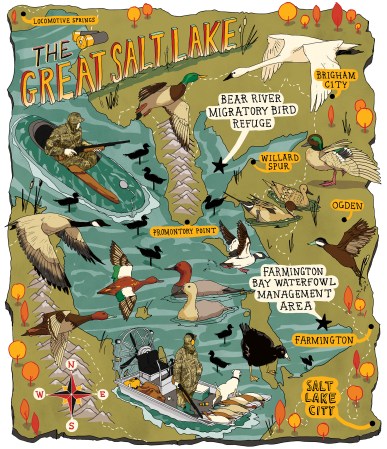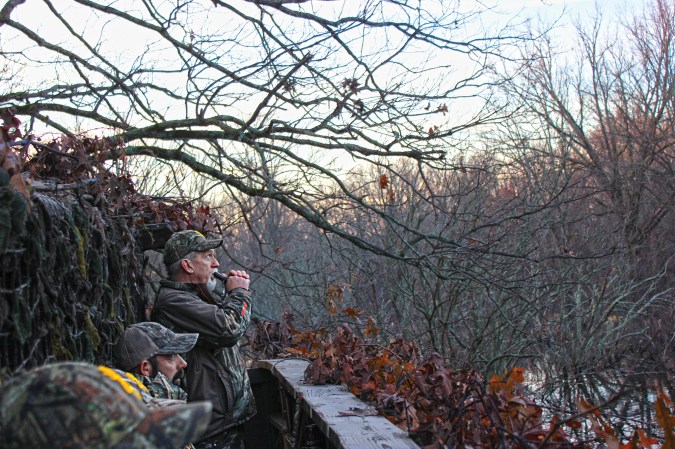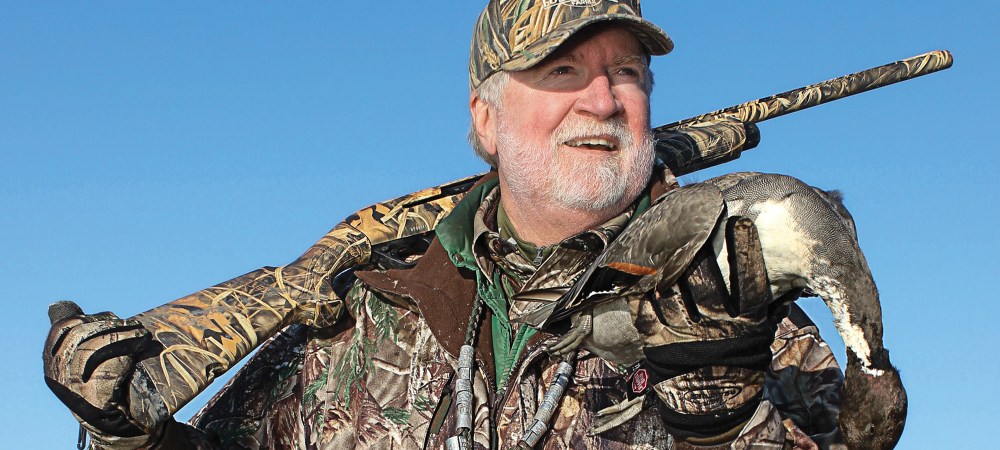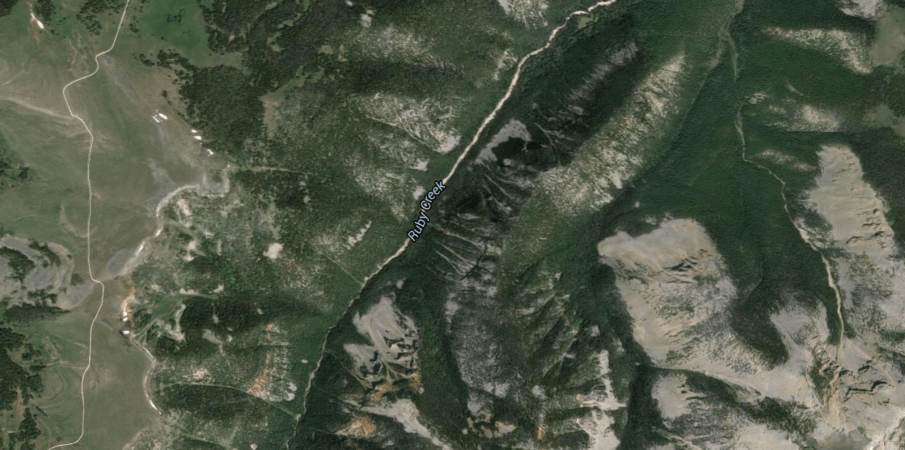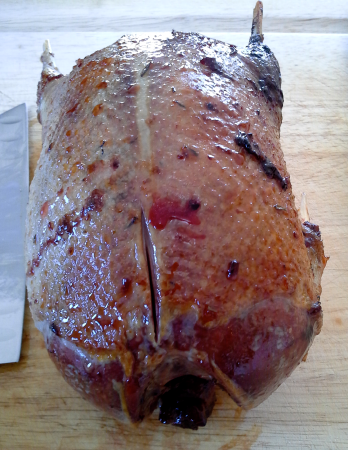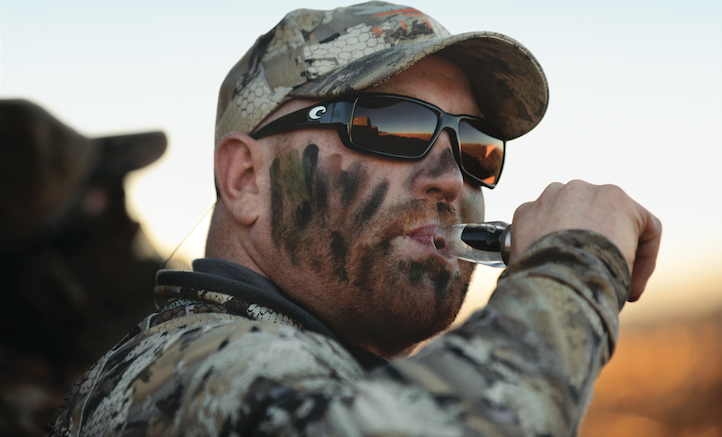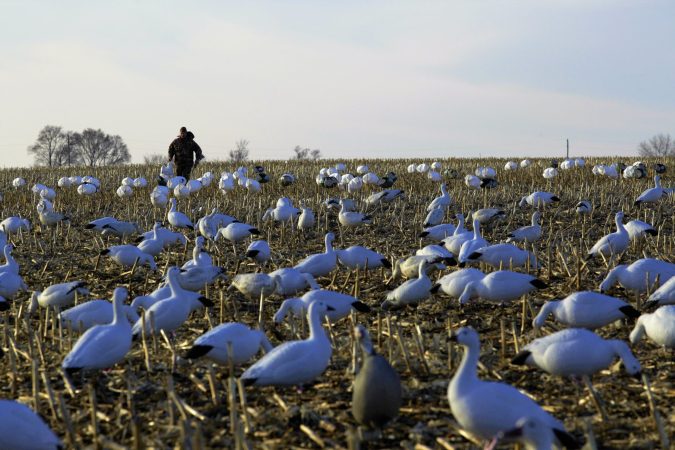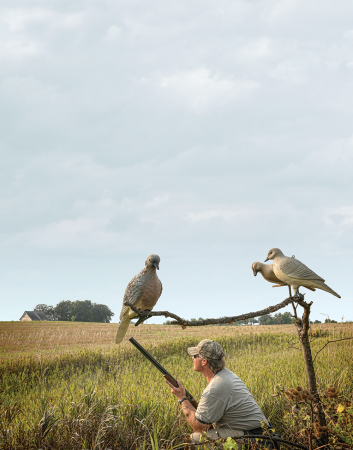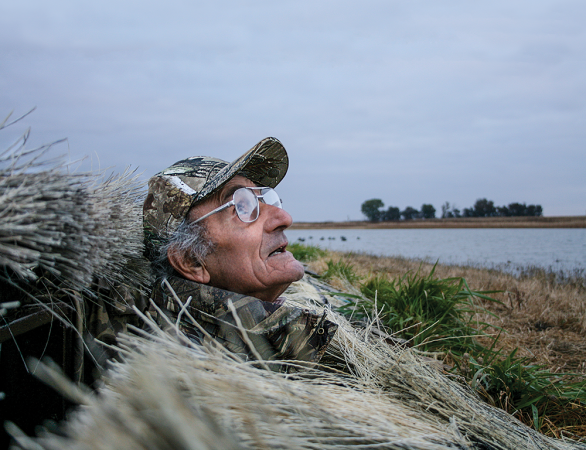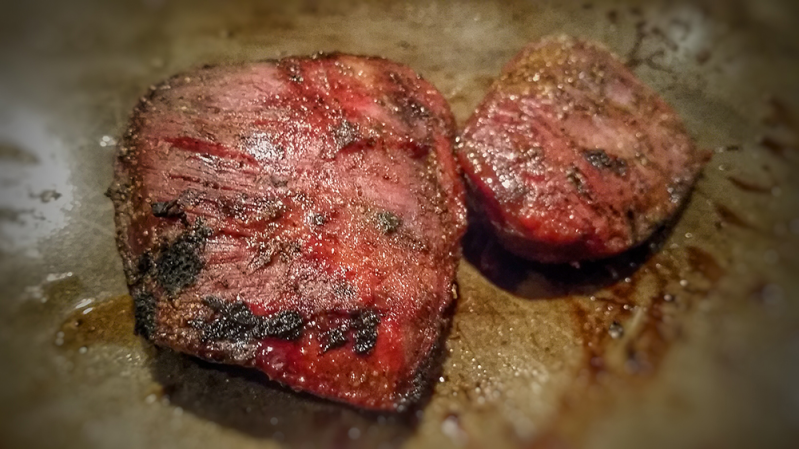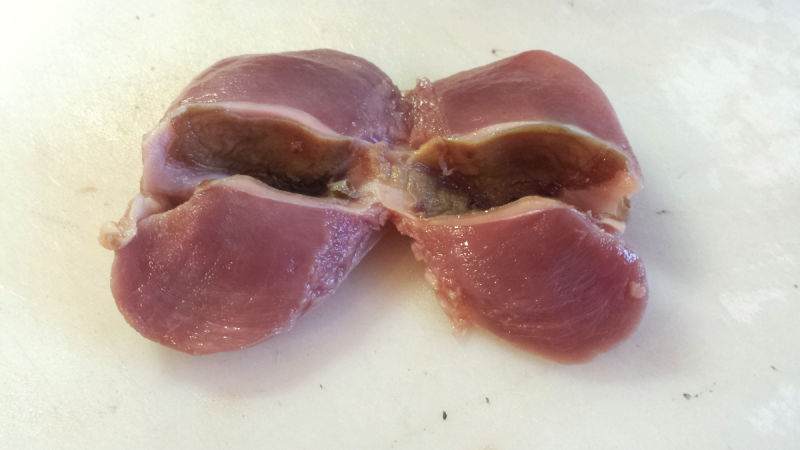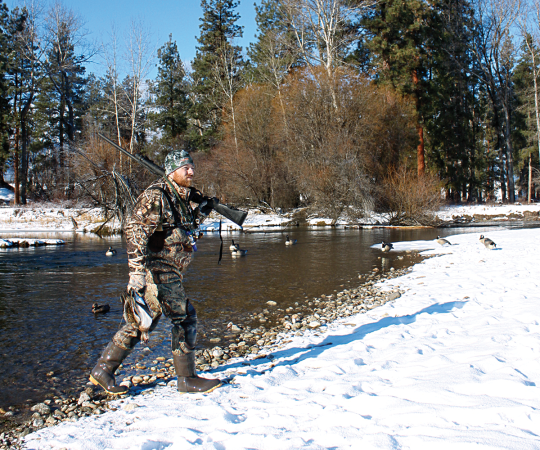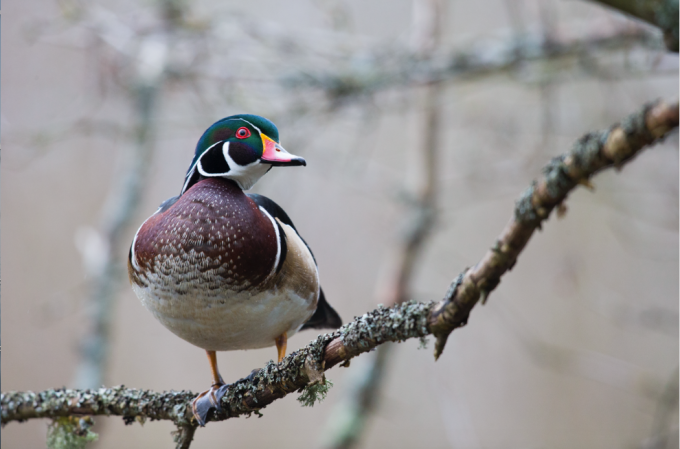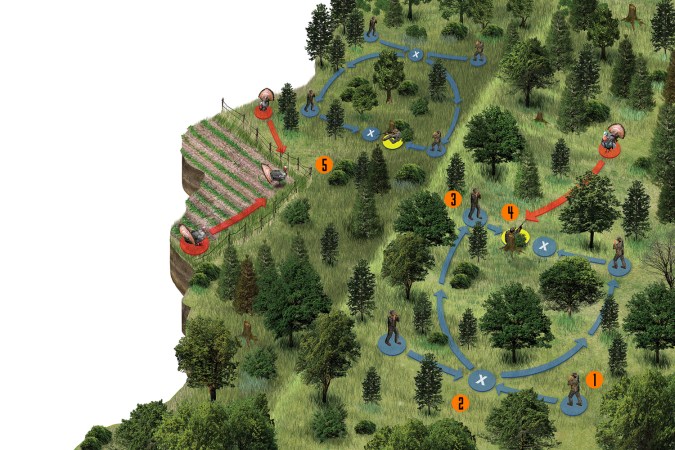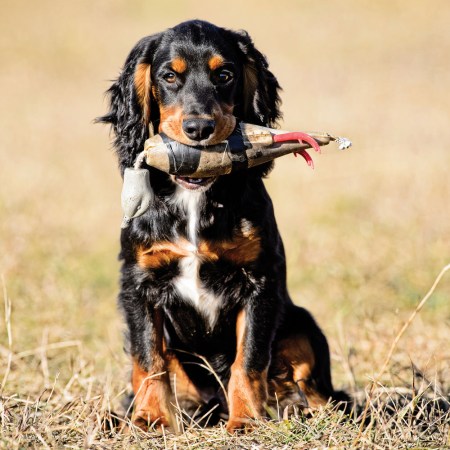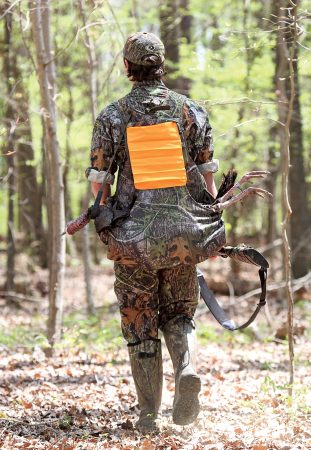Update: The Utah Department of Natural Resources has confirmed that the animal found in Duchesne last week was actually a pet German Shepherd dog. Genetic testing revealed that the dog was neither a wolf nor a wolf-dog hybrid. Upon further investigation, the DNR also learned that the dog’s owner witnessed it getting hit by a vehicle, but was unable to remove the dead dog from the highway before it was reported by hunters as a possible wolf.
Jan. 7, 2022. A group of Utah hunters came across a large, black canid on the side of a Duchesne County highway on Jan. 4. If their suspicions are confirmed, it would be the first wolf discovered in Utah in nearly 20 years. Wildlife officials with the Utah Department of Wildlife Resources say the animal is more likely a wolf-dog hybrid, but will know for sure once DNA testing is complete.
The hunters spotted the carcass lying on the side of Route 40, roughly 100 feet from a gas station. When they turned around for a better look, they instantly pegged it as wolf. Stephen Gray, one of the experienced hunters in the group who has seen wolves in Alaska and Montana, told the Deseret News, “We were 100 percent sure it was a wolf.”
Wildlife biologists with the Utah DWR say they aren’t so sure, however, and after investigating the carcass, say the toothy canine is probably just a wolf-dog hybrid. They called attention to the brown coloration between its toes and on the back of its legs, and pointed out that most wolves are usually five to six feet long, while this particular canid was closer to four feet.
Tonya Kieffer-Selby, a conservation outreach manager with the DWR, said the animal was “a little bigger than a German Shepherd,” and that its size, coloration, and skull characteristics “are more consistent with a wolf-dog hybrid.” Wolf-dog hybrids are legal pets in Utah, and the agency says there are more than 300,000 of these hybrids in the United States.
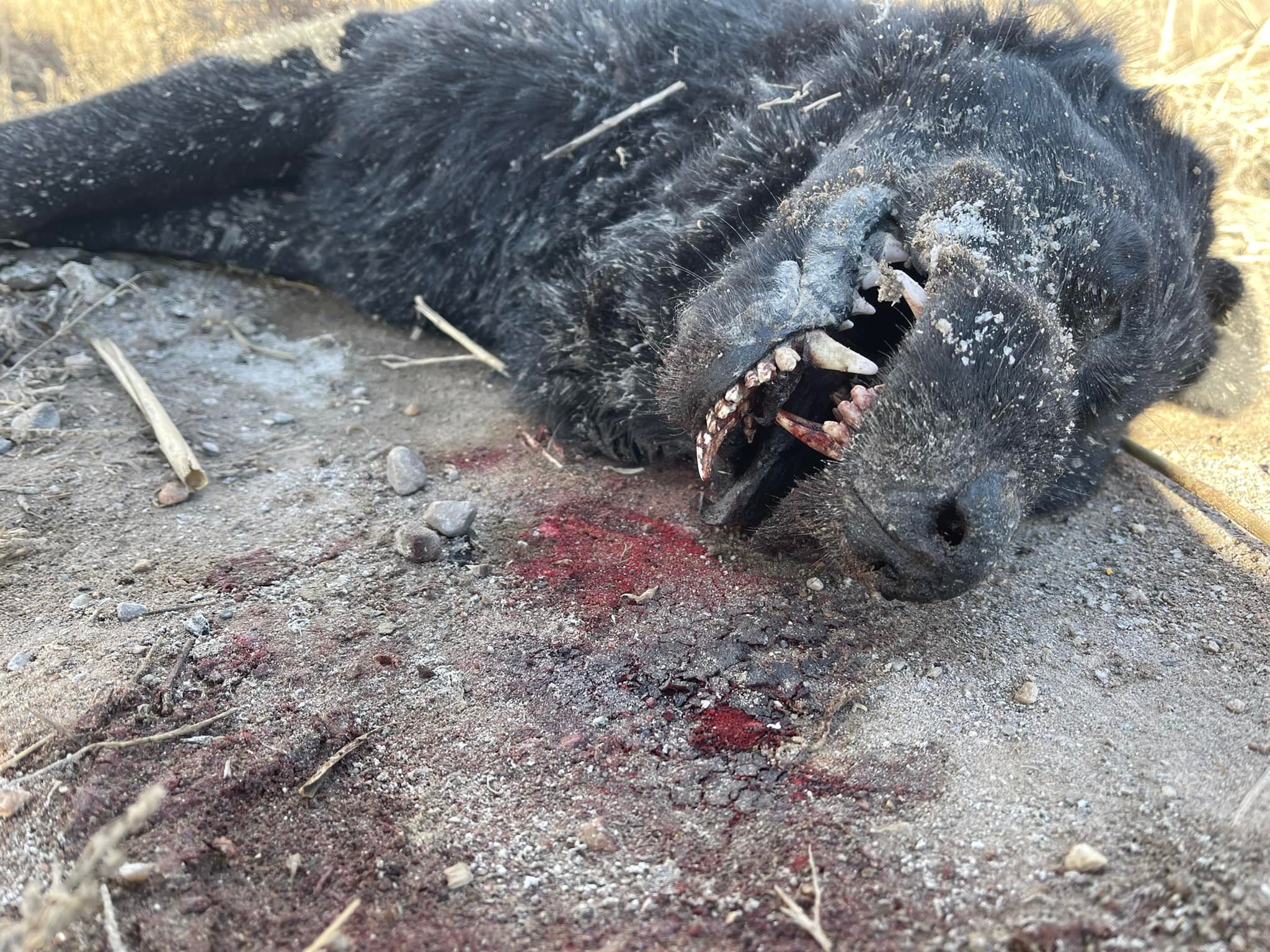
Also, according to the DWR, there are currently no wolves living in Utah. The last time a wolf sighting was confirmed in the state was on Nov. 30, 2002, when wildlife biologists found and captured a collared wolf from Yellowstone National Park. That wolf was returned to the park, and in the time since then, the agency says that “there is no conclusive evidence of [wolves] establishing packs or territories within the state.”
There is, however, plenty of anecdotal evidence of wolves roaming the mountains and canyons of the Beehive State. When Gray shared a video and photo of the dead animal on the Utah Waterfowl Association Facebook page, several commenters reported seeing wolves and wolf signs in the Uinta Mountains and on National Forest lands in the northern part of the state in recent years. And considering that there are upwards of 1,900 wolves living in the neighboring states of Idaho and Wyoming, the DWR admits that “given the short distance to wolves in Wyoming and Idaho, occasional forays and attempts at colonization are not unlikely.”
Read Next: Bounties, Petitions, and Politics: Why the Wolf War Is Only Getting More Extreme
In fact, one of these “occasional forays” was confirmed just two weeks ago in Colorado. The state documented its first wolf depredation case in 70 years on a cattle ranch in Jackson County, which happens to fall on roughly the same latitude as the location where the mysterious Utah carcass was found earlier this week. (Both counties fall within the 40th parallel.)
Coincidences and anecdotes aside, wildlife officials say that only DNA results will determine whether the dead animal that hunters found Tuesday is a full-blooded wolf or not. Samples have already been sent to a lab to undergo genetic testing, and the DWR says that official results could be several months away.

